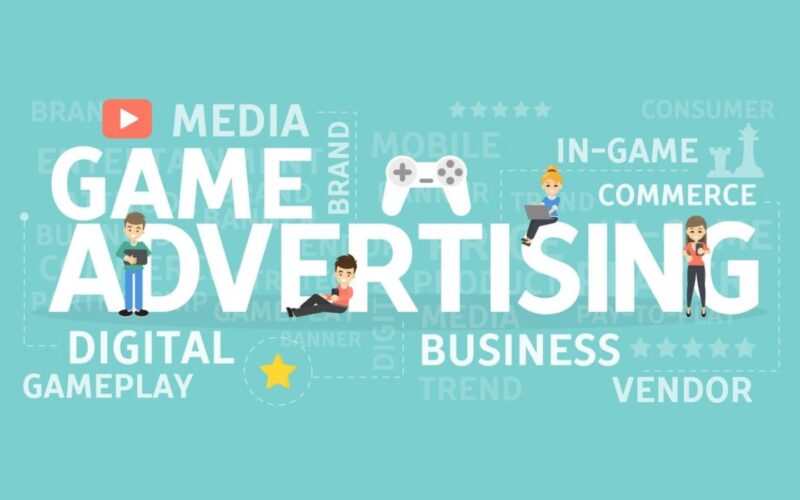In-game advertising has emerged as a prominent and evolving facet of the gaming industry. This marketing strategy involves seamlessly integrating advertisements into video games, blurring the lines between virtual worlds and the real world. For instance, players might encounter billboards within a game promoting real-world products, such as a virtual cityscape adorned with digital ads for well-known soft drinks or electronics. Additionally, the incorporation of sponsored in-game items, like characters using branded accessories or virtual billboards showcasing real products, exemplifies the diverse ways in which advertising can become an integral part of the gaming experience. This form of advertising not only holds the potential to create new revenue streams for game developers and publishers but also provides unique opportunities for advertisers to engage with a vast and diverse audience of gamers. Just like any other type of advertising, In-game advertising has its positives and negatives.
In-game advertising has become a focal point of debate within the gaming industry, sparking discussions among gamers, developers, and advertisers. In this discussion, we will delve into the diverse impacts of in-game advertising on player experiences and the gaming industry, examining both its positives and negatives.
Positives of In-Game Advertising
1. Revenue Generation: In-game advertising provides a new revenue stream for game developers and publishers. This additional income source has the potential to help offset the rising costs of game development, and consequently, it may contribute to lower prices for gamers. By supplementing traditional revenue streams, such as game sales and microtransactions, with income from in-game advertising, developers can reduce the financial burden associated with game production. This, in turn, creates the possibility of passing on some of these cost savings to gamers in the form of more competitive pricing for games or in-game items.
2. Reach diverse audiences: Brands have the chance to reach a wide variety of target demographics with in-game advertising.
3. Targeted Advertising: Game developers and advertisers can collect data on players’ preferences and behaviors, allowing for more targeted advertising. This can lead to more relevant ads, which are less likely to annoy players.
4. Build brand awareness: Make your brand more well-known by employing diverse media to reach people through a variety of channels.
5. Engage with audiences: It takes concentration and in-depth consideration to play a game. As a result, when an advertisement is included in a game, people are more likely to remember it.
To explore more about In-game Advertising, visit BrandShift’s blog and read “Unlocking the Power of In-Game Advertising.”

Negatives of In-Game Advertising
1. Intrusiveness: Poorly implemented in-game advertising can be intrusive and disrupt the gaming experience. Pop-up ads, forced viewings, or excessive advertising can frustrate players.
2. Aesthetic Concerns: Ads that clash with the game’s aesthetics or time period (e.g., modern billboards in a medieval fantasy game) can break immersion and negatively impact the gaming experience.
3. Privacy Concerns: Collecting player data for targeted advertising raises privacy concerns. Players may feel uncomfortable with their data being used for marketing purposes.
4. Over-commercialization: Excessive in-game advertising can make games feel like commercial products rather than artistic or entertainment experiences. This can be off-putting to some players.
5. Quality Control: Ensuring that in-game ads fit well with the game’s content and are of high quality can be challenging. Poorly executed ads can damage a game’s reputation.
6. Cultural Sensitivity: In-game advertising can sometimes involve cultural insensitivity or misrepresentation, which can lead to backlash from players and communities.
In conclusion, the impact of in-game advertising largely depends on its execution and integration within a game. When done thoughtfully and respectfully, it can benefit both the gaming industry and advertisers. However, it must be balanced to avoid alienating players and negatively affecting the gaming experience. Player feedback and the consideration of ethical and privacy concerns are critical in determining the success of in-game advertising strategies.
At BrandShift, we shall explore more aspects of In-game advertising in our next article. Stay tuned. Feel free to reach BrandShift and share your thoughts with us.

